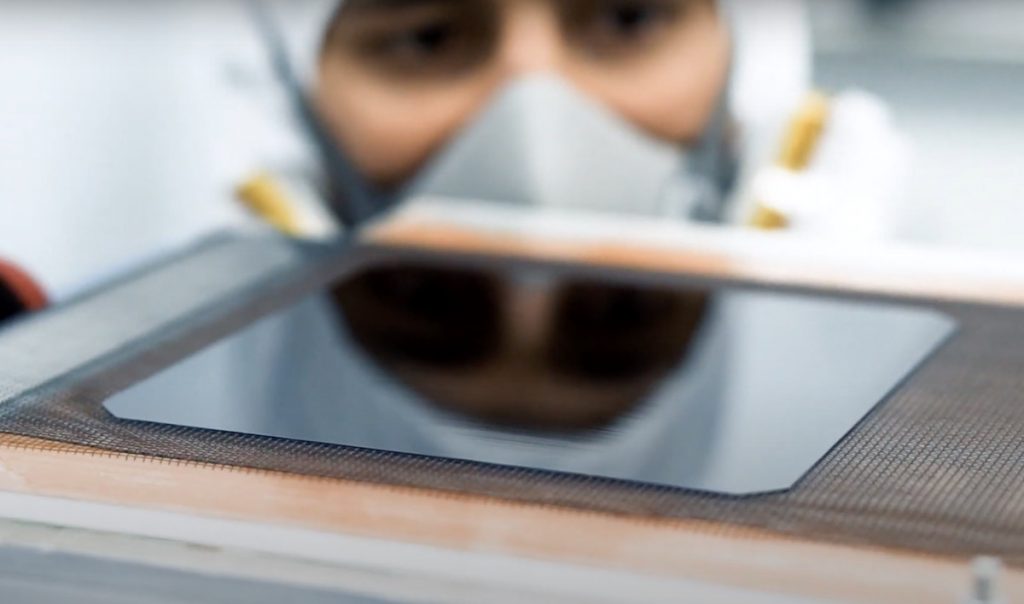In handing down its budget for 2024–25, the Australian government has committed $22.7 billion (USD 15 billion) over the next 10 years to its Future Made in Australia plan, including $1.4 billion to strengthen solar panel and battery energy supply chains via the Solar Sunshot Program and Battery Breakthrough initiatives.
Australian Treasurer Jim Chalmers said in his budget speech that the world is committed to net zero by 2050 and “this will demand the biggest transformation in the global economy since the industrial revolution.”
“Australian energy can power it, Australian resources can build it, Australia’s regions can drive it, Australian researchers can shape it and Australian workers can thrive in it,” he said.
“Our $22.7 billion Future Made in Australia package will help make us an indispensable part of the global economy.”
The new budget spend includes an estimated $19.7 billion over 10 years under the “renewable energy superpower” banner.
This includes $835.6 million over 10 years from 2024–25 and $66.8 million per year from 2034–35 to 2036–37 to establish the Solar Sunshot program to promote the development of solar manufacturing capabilities and improve the industry’s supply chain resilience through production incentives and other forms of support.
Another $549 million will be spent over the next eight years to support battery manufacturing, including $523.2 million to establish the Battery Breakthrough Initiative to promote the development of battery manufacturing capabilities through production incentives.
The funding for both the Solar SunShot and Battery Breakthrough schemes will be administered by the Australian Renewable Energy Agency (ARENA).
ARENA will also manage the $1.7 billion Future Made in Australia Innovation Fund that will target commercialisation and demonstration projects in priority sectors such as green metals, batteries and low-carbon liquid fuels and clean energy technology manufacturing.
Another $1.5 billion has been allocated to “supercharge” ARENA’s core investments in renewable energy and related technologies seen as essential to Australia’s clean energy superpower ambitions.
An estimated $8 billion has been set aside to support the production of green hydrogen, including a hydrogen production tax incentive for producers of renewable hydrogen to support the growth of a competitive hydrogen industry.
An additional $7.1 billion has been invested to support downstream refining and processing of Australia’s critical minerals to improve supply chain resilience.
Chalmers said the Future Made in Australia plan is about attracting and enabling investment, making Australia a renewable energy superpower, value‑adding to our resources and strengthening economic security, backing Australian ideas and investing in the people, communities and services that will drive our national success.
If Australia “hangs back” on renewable energy, he said, “the chance for a new generation of jobs and prosperity will pass us by, and our people will be poorer and the economy more vulnerable as a consequence.”
“Our plan will maximise the economic and industrial benefits of the international move to net zero and secure Australia’s place in a changing global economic and strategic landscape.”
The Future Made in Australia agenda is to be guided by a new National Interest Framework that will be established under a Future Made in Australia Act.
Under the framework, priority industries will be identified under two streams. The ‘net zero transformation’ stream will identify sectors that can make a significant contribution to achieving net zero, where Australia has grounds to build enduring sources of comparative advantage. The ‘economic security and resilience’ stream will identify sectors that are critical to our resilience, are vulnerable to supply disruptions and that require support to unlock sufficient private investment.
This content is protected by copyright and may not be reused. If you want to cooperate with us and would like to reuse some of our content, please contact: editors@pv-magazine.com.









4 comments
By submitting this form you agree to pv magazine using your data for the purposes of publishing your comment.
Your personal data will only be disclosed or otherwise transmitted to third parties for the purposes of spam filtering or if this is necessary for technical maintenance of the website. Any other transfer to third parties will not take place unless this is justified on the basis of applicable data protection regulations or if pv magazine is legally obliged to do so.
You may revoke this consent at any time with effect for the future, in which case your personal data will be deleted immediately. Otherwise, your data will be deleted if pv magazine has processed your request or the purpose of data storage is fulfilled.
Further information on data privacy can be found in our Data Protection Policy.